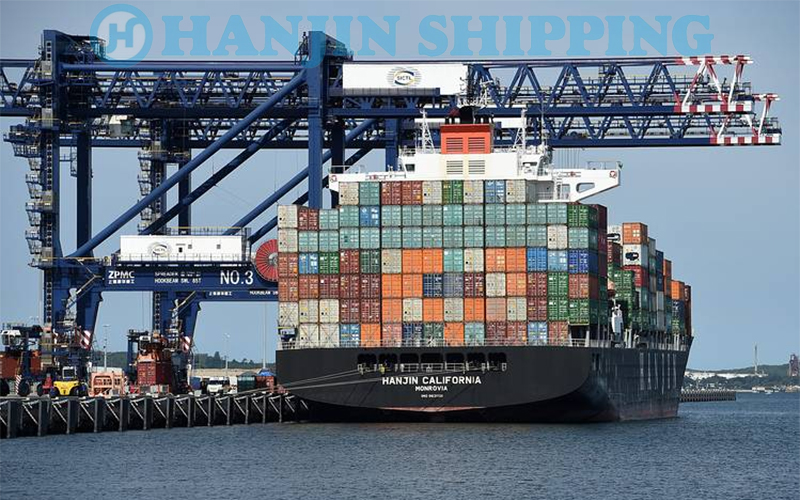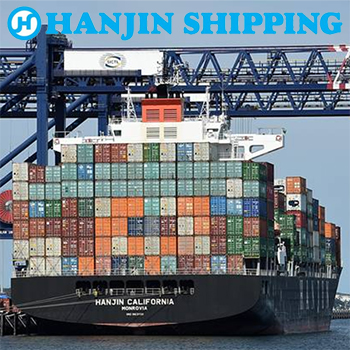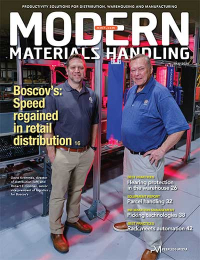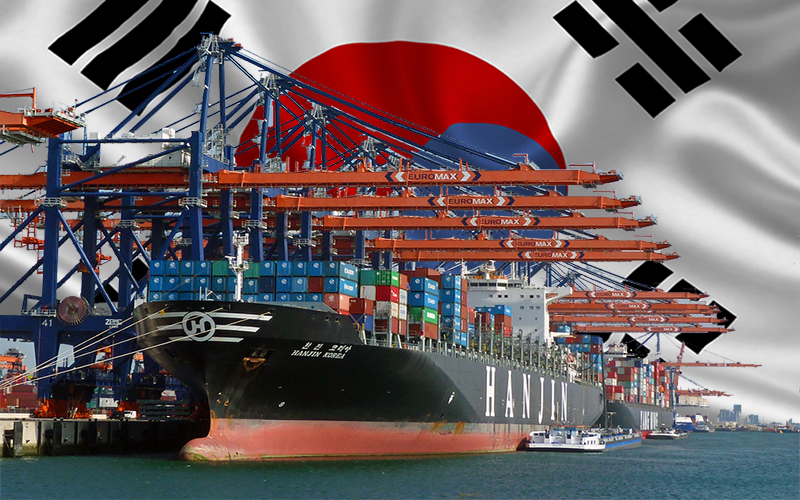Hanjin Shipping Denied Port Entry or Held Offshore
The bankruptcy of the Hanjin shipping line has thrown ports and retailers around the world into confusion, with giant container ships marooned and merchants worrying whether hundreds of tons of goods being carried by the Korean company will reach shelves.


With Korean ocean carrier Hanjin Shipping, the seventh largest ocean liner in the world that handles roughly 7% of U.S.- Asia cargo, filing for bankruptcy earlier this week, what happens next in regards to what happens to the cargo that was moving on Hanjin vessels at that time, as well as its subsequent short-term impact on the global supply chain remains far from clear (watch video above).
These impacts may be on multiple fronts like rates and capacity, as well as Hanjin’s role in “The Alliance,” that is set to take effect in April 2017 and also included Nippon Yusen KK, Kawasaki Kisen Kaisha Ltd., Mitsui O.S.K. Lines Ltd (all out of Japan), Germany-based Hapag Lloyd AG, and Yang Ming Transportation Group out of Taiwan.
Hanjin’s bankruptcy comes at a time when retailers are gearing up for the fall shipping season, its busiest tine of the year in advance of the holidays.
And its impact is already being felt, with the Wall Street Journal reporting that Asia-based freight brokers estimate that roughly 25,0000 containers cross the Pacific Ocean on Hanjin vessels on a daily basis, and that on August 31 three of its vessels scheduled to berth at the ports of Los Angeles and Long Beach, with cargo headed to retailers, factories, and warehouses, were marooned indefinitely.
And it added that port terminals throughout the U.S. said they will turn away outbound containers destined for Hanjin ships, which, in turn, forces “U.S. exporters to rebook, truck, reload and repack their cargo into other carriers’ containers.”
And London-based Lloyd’s List reported that some Hanjin vessels are being arrested or seized by the line’s creditors and other Hanjin vessels have been ordered to stay out at sea until various bankruptcy-protection measures have been out in place in South Korea and other parts of the world that would prevent the seizure of its ships and other assets at ports.
From a retailer’s perspective, there are multiple concerns, according to Jonathan Gold, vice president for supply chain and customs policy at the National Retail Federation.
Retailers Working to Minimize Disruption from Hanjin Bankruptcy
The National Retail Federation today issued the following statement from Vice President for Supply Chain and Customs Policy Jonathan Gold in response to this week’s bankruptcy filing by Hanjin Shipping:
“Retailers’ main concern is that there is millions of dollars worth of merchandise that needs to be on store shelves that could be impacted by this. Some of it is sitting in Asia waiting to be loaded on ships, some is already aboard ships out on the ocean and some is sitting on U.S. docks waiting to be picked up. It is understandable that port terminal operators, railroads, trucking companies and others don’t want to do work for Hanjin if they are concerned they won’t get paid. However, we need all parties to work together to find solutions to move this cargo so it does not have a broader impact on the economy.”
“There are more questions than answers at this point, but retailers are working to get all issues addressed. Retailers are working with all of their service providers to find ways to get their cargo moving to ensure that there is no or limited interruption in the supply of merchandise.”
The Hanjin bankruptcy comes as the Global Port Tracker report published by NRF and Hackett Associates forecasts that major U.S. retail container ports will handle 1.61 million Twenty-Foot Equivalent Units this month, down 0.6 percent from the same month last year.
Gold added that there are more questions than answers at this point, with retailers working to address all issues and also working with service providers to find ways to get cargo moving to that there is no or limited interruption in the supply of merchandise.
From a capacity perspective, should Hanjin exit the market for good, it is not likely to have a major impact on the excess capacity situation that ocean cargo market has been in over the last several years, according to Ben Hackett, founder of maritime consultancy Hackett Associates (pictured right).
The reason for this, he explained, is that their global share is relatively small, while there is a bigger problem for Korean shippers who favor Korean carriers, with Hyundai Merchant Marine benefiting, as they are already introducing extra ships to carry Hanjin cargo.
In terms of rates, Hackett explained that other carriers will try to take advantage of Hanjin’s problems and raise rates to those shippers looking for another way to move their goods, as in the case of COSCO raising rates. But Hackett said that will be a short-term thing that is focused primarily on Hanjin customers.
Read: Forwarders Dangerously Exposed by Hanjin Bankruptcy
As to whether Hanjin’s situation alone could alter the fundamentals of the current overcapacity situation long-term, FTR senior partner Larry Gross (pictured right) said that is not likely as Hanjin’s vessels will still be there and ultimately find a new home.
But in the short-term Gross made it clear that there will be a major disruption, which will impact spot rates.
“August is the peak month for U.S. container imports, and the industry can’t turn on a dime,” he said.
“Everyone is running scared at the moment because of concerns that freight will get caught in the crossfire. Terminals won’t accept or work Hanjin ships and in some cases ships may be ‘arrested’ by local authorities to ensure coverage of local debts and obligations. Hanjin’s Alliance partners are not going to put their freight on Hanjin vessels so I think the potential is for a very messy situation.”
Related: Sign of Industry in Trouble - Korea’s Hanjin Shipping

Article Topics
C.H. Robinson News & Resources
The 10 supply chain trends to watch in 2022 on The Rebound PodcastLatest in Materials Handling
Toyota Material Handling adds to its North American headquarters with major expansion Automate 2024: Robotics’ Shrinking Footprint Fits into Any Facility Global cobot market tops $1 billion in 2023, with strong growth expected 2024-28 S&S Activewear partners with Körber Supply Chain Software and Geekplus on robotics deployment Research Report: Automation Trends in Warehouse/DC Addverb appoints Sriram Sridhar as new CEO of Addverb Americas Empowering Your Workforce: Integration of Wearables and AMRs to Increase Picking Productivity More Materials HandlingAbout the Author
Subscribe to Materials Handling Magazine

Find out what the world's most innovative companies are doing to improve productivity in their plants and distribution centers.
Start your FREE subscription today.
May 2024 Modern Materials Handling

Latest Resources














